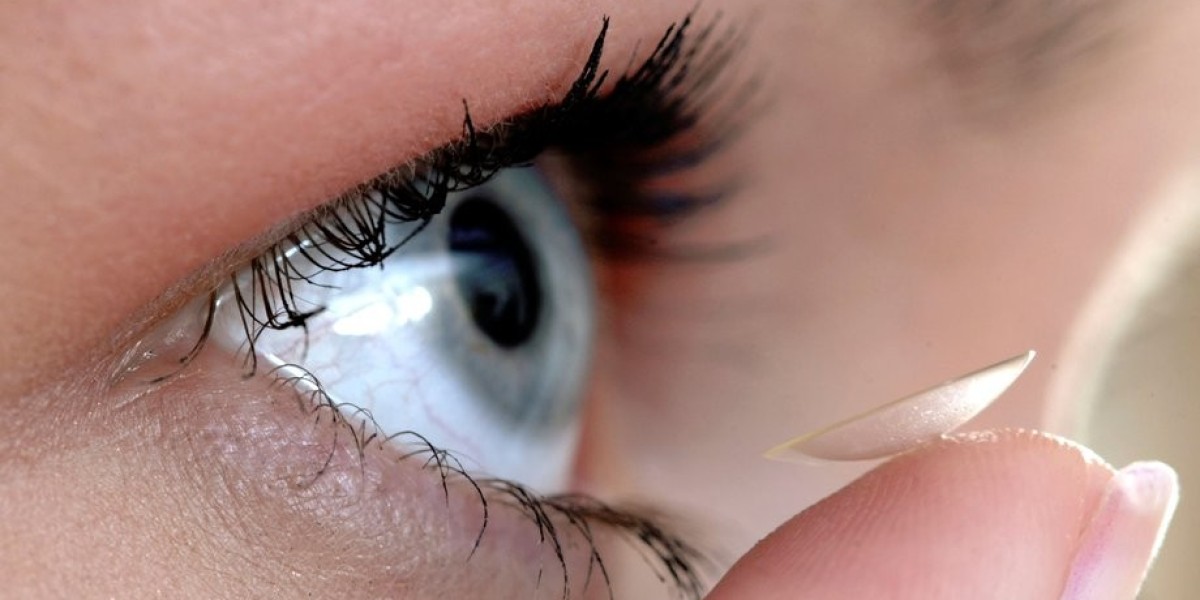Search
Popular Posts
-
 The Thrilling World of Aviator Game: A New Era in Online Gaming
By annamdkkd
The Thrilling World of Aviator Game: A New Era in Online Gaming
By annamdkkd -
 Caramelized Australian Balsamic: Elevate Your Culinary Experience with Aussie Basket's Finest
Caramelized Australian Balsamic: Elevate Your Culinary Experience with Aussie Basket's Finest
-
 Unveiling the Surprising Benefits of Affordable Hair Transplants in Turkey
Unveiling the Surprising Benefits of Affordable Hair Transplants in Turkey
-
 VIP Travel Experience: Elevating Your Journey with Luxury Airport Transfer Services
VIP Travel Experience: Elevating Your Journey with Luxury Airport Transfer Services
-
 VIP Travel Experience: Elevating Your Journey with Luxury Airport Transfer Services
VIP Travel Experience: Elevating Your Journey with Luxury Airport Transfer Services
Categories
- Economics and Trade
- Education
- Entertainment
- Movies & Animation
- Gaming
- History and Facts
- Live Style
- Natural
- News and Politics
- People and Nations
- Pets and Animals
- Places and Regions
- Science and Technology
- Sport
- Travel and Events
- Gender
- Economy
- Environment
- Health
- World
- COVID-19
- Social Media
- Journal
- Other



